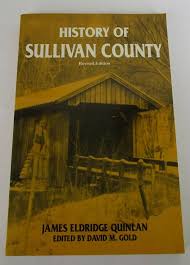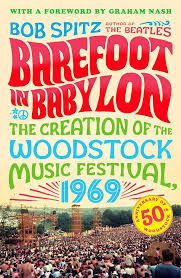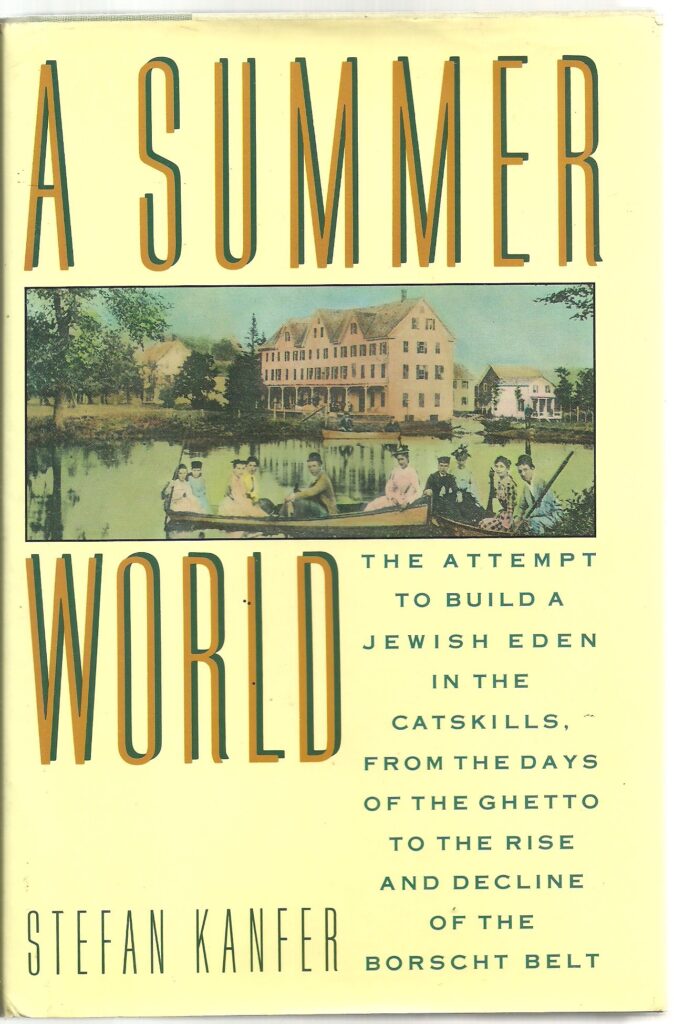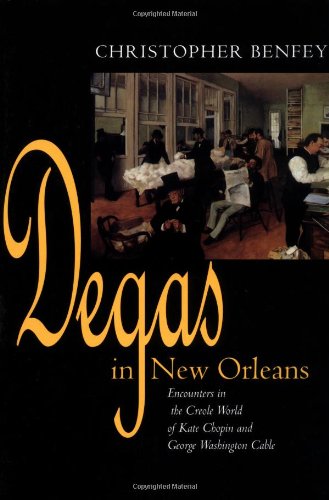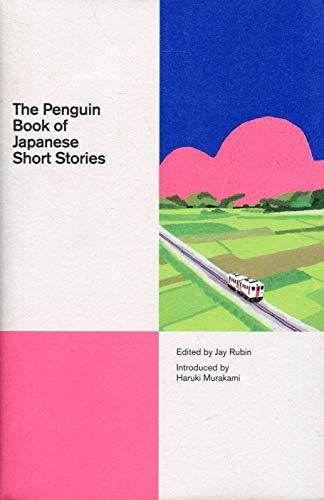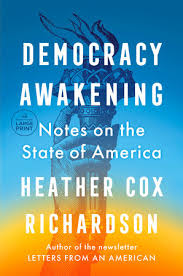Sullivan County In The Day
In 1873 James E. Quinlan published History of Sullivan County. A Catskills newspaper editor (the Republican Watchman was his charge), Quinlan wrote the book after retiring from the rigors of the daily press. The history was something of a labor of love. It is a compendium, an old-time history with lots of names and a less than clear structure. If it interested Quinlan, he included it in the history. As the editor of a reprinted version, David Gold notes, “the book is long on anecdotes and short on analysis.”
Nonetheless, the History remains an important overview of the early years of Sullivan County in lower New York State. The book highlights the scattershot nature of economic development and white settlements in the years up to the early 1800s. With no real center or dominant industry in the region, European settlers moved in, made a go of things, and either moved on or remained and survived. More than a few perished, though. Early life could be nasty and brutish.
The book helps to identify names and events that would later become well-known to all of Sullivan County. It offers some gripping accounts of battles with native Americans, or “savages” in Quinlan’s words. Early plans for bridges, canals, town centers, churches and the like figure prominently in the history. Development did not happen quickly in the region. There simply were not enough people, sufficient capital or even opportunities to propel rapid growth. Instead, things proceeded slowly and, with the benefit of decades, steadily.
Some of the stories stand out, though, personal histories of families, crimes, and day to day life. In that the history can read like a column in a local newspaper. For example, William A. Thompson, the original permanent resident of Thompsonville, receives several pages of attention.
A Presbyterian, Willam was a “weak, puny child, much afflicted with salt rheum.” That is eczema in today’s language. William studied law in New Haven in the 1780s. He was from Connecticut and his professional life began Sharon, CT. He moved around the state before marrying Fanny Knapp. She was described as “tall, genteel, 16 years old, and much marked with the small-pox. Her uncommon strength of mind, great elegance of manners, and lovely disposition, completely veiled her misfortune from the eyes of the scholarly young gentleman who made her his wife.” The young couple was not able to spend too many years together. Fanny died of consumption three years into the marriage after bearing two children. 0
Two years later, in 1791, Thompson married Amy Knapp, Fanny’s sister. According to Quinlan, a widow marrying the sister of a wife carried with it a significant penalty in Connecticut. Thompson, accordingly, decamped to New York City. His career took off and he found financial success as an attorney. It was not easy for Thompson, though, for the stresses of work and city life led to poor health. In 1794 he purchased land in Sullivan county, taking residence in one of his parcels by Sheldrake Creek. The family had been living on Cherry Street in Manhattan.
Like many New York City families with upstate homes, the Thompson’s found the first winters uncomfortable, so they returned to the city. The family moved back and forth as their home, and the surrounding area, improved. This is a pattern even common today, as wealthier city dwellers figure out how they want to live in the Catskills. Thompson’s upstate homestead increased in size and comfort. He invested in Sullivan County and became a very important person in the area. Thompsonville was named for him in 1803 (he was politically connected). Thompson enjoyed the status. He invested in a larger home – Albion Hall – and when his career as a magistrate ended he became an amateur scientist, studying local geography. He passed away in 1847 with a lengthy legacy.
Absent from Quinlan’s account are the voices of Fanny and Amy. We do not read of other family members, the many people who may have worked with or for Thompson, or of any detail about daily conditions. History from the nineteenth century was mostly about white men.
Quinlan’s history is far from modern or complete. Nonetheless, we can learn a great deal from local tales.
David Potash
